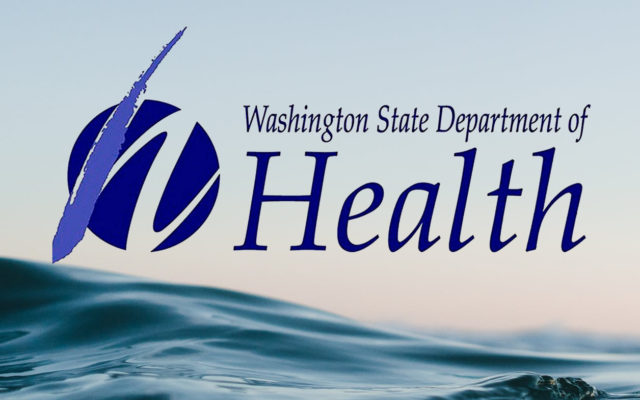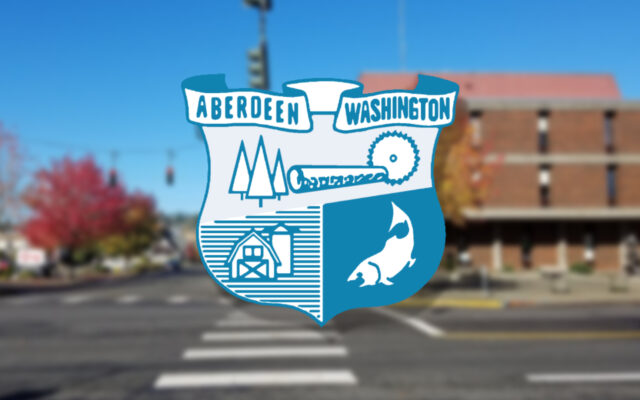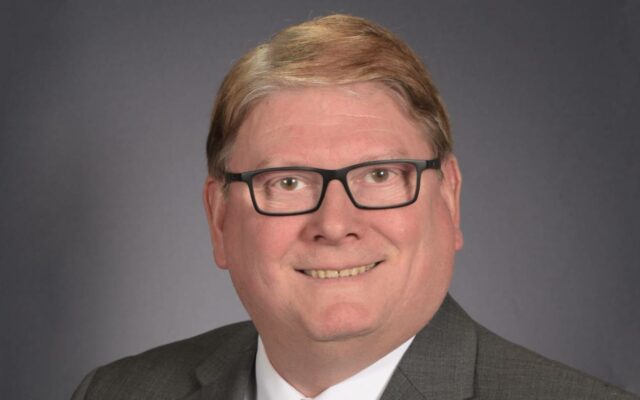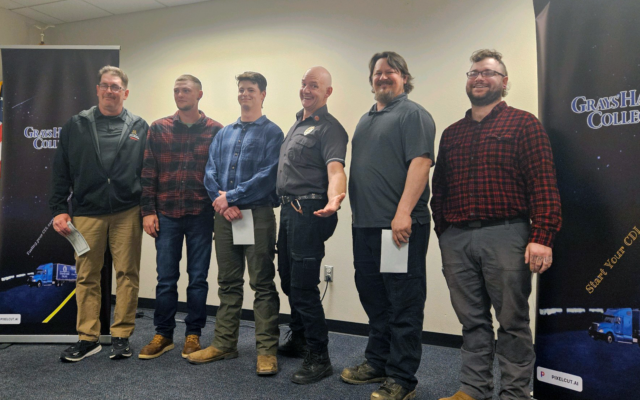Local shellfish areas not facing restrictions, but officials warn of possible threats

The Washington State Department of Health (DOH) has completed the annual water quality evaluation of the state’s commercial shellfish growing areas.
While local areas are not under restrictions currently, officials warn they could be at risk.
High bacteria levels will lead to harvest restrictions in three of Washington’s 115 shellfish growing areas.
An additional 14 areas currently meet water quality standards, but are threatened with classification downgrades.
State health officials are working with county partners, other state agencies, shellfish growers, and tribal governments to find and fix pollution problems.
Portions of the Annas Bay, Hood Canal 5 – Lilliwaup area, and Hood Canal 6 – Tahuya area in Mason County do not meet the stringent public health water quality standards and shellfish harvesting will be restricted.
The restrictions will be in place by August 2023.
Shellfish harvest areas currently meeting water quality standards, but threatened with harvest changes due to bacterial pollution, include:
- Clallam County – Dungeness Bay
- Grays Harbor County – Pacific Coast
- Kitsap County – Liberty Bay
- Mason County – Annas Bay, Hood Canal 6, Oakland Bay
- Pacific County – Bay Center
- Pierce County – Burley Lagoon, Henderson Bay, Vaughn Bay
- San Juan County – Upright Channel
- Snohomish County – Port Susan
- Thurston County – Eld Inlet
- Whatcom County – Drayton Harbor
DOH has invested about $38 million from the Environmental Protection Agency’s National Estuary Program since 2011 with an additional $5.5 million awarded in 2023 to 11 proposed projects throughout Puget Sound.
The grants support pollution identification and correction projects, local onsite septic system management programs, research, shellfish protection districts, and more.
“Our state’s collaborative approach toward water quality improvement has led to the successful reopening of many shellfish harvesting areas,” said Scott Berbells, Shellfish Growing Area Section manager. “Clean water is the result of everyone doing their part.”
People can do their part by maintaining their septic systems, picking up pet waste, using pump out stations for boats and recreational vehicles, and managing animal waste from large and small farms.



